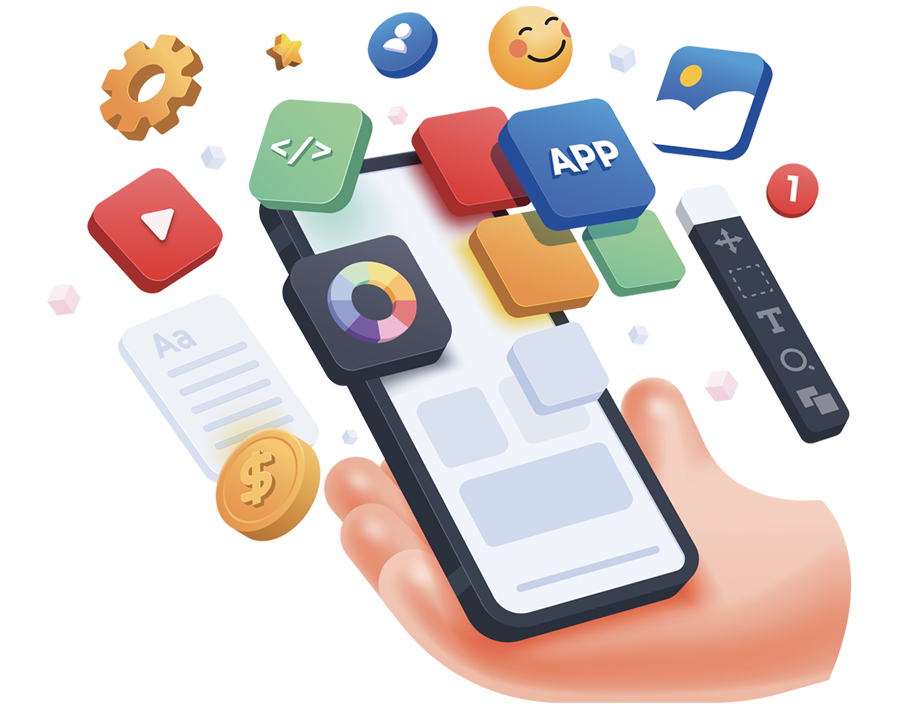Explore Clickmood: Your Daily Dose Of Emotions & Insights
Is the digital world truly changing how we experience and understand our emotions? The rise of platforms and tools designed to capture, quantify, and share our feelings suggests a profound shift: we are actively and consciously curating our emotional landscapes, and "clickmood" is at the forefront of this revolution.
The term "clickmood" has rapidly entered the lexicon of online discourse, representing more than just a fleeting trend. It's a window into how we navigate the complexities of human experience in the digital age. This isn't merely about expressing joy through a smiley face or sadness through a crying emoji. "clickmood" speaks to the increasingly sophisticated ways we attempt to understand, monitor, and even manipulate our emotions through technology. It's a reflection of our desire for self-awareness, our fascination with data, and our inherent need to connect with others, often expressed through the immediacy of the internet. The implications are far-reaching, touching on everything from mental health to marketing strategies, from social interactions to the very architecture of online platforms. It raises critical questions about authenticity, privacy, and the long-term effects of constant emotional self-assessment.
At its simplest, "clickmood" can refer to the act of expressing one's current emotional state through online mechanisms. This might involve using a mood tracker app, sharing a feeling on social media, or even using specialized software designed to analyze facial expressions or voice patterns to gauge emotional responses. The proliferation of these tools has created a landscape where individuals can not only track their emotional ups and downs but also compare them with others, identify patterns, and, in theory, take steps to improve their emotional well-being. However, a deeper examination of "clickmood" reveals complexities that go beyond simple tracking. The act of consciously labeling and sharing our emotions can have a profound impact on how we perceive and process them.
- Dee Wallace Net Worth 2024 How Much Does The Actress Earn
- Loyd Grossman Net Worth Biography Career In 2024 All Info
Consider the potential for both positive and negative reinforcement. A user might feel validated by receiving positive feedback when sharing a moment of happiness, reinforcing the behavior. Conversely, sharing a negative mood could lead to expressions of sympathy and support, potentially encouraging a user to dwell on the negative emotion rather than seeking solutions or practicing self-compassion. Furthermore, "clickmood" also addresses the very real issue of emotional authenticity in online environments. How genuine are these shared experiences? Are people expressing their true feelings, or are they curating a version of themselves for online consumption? The pressure to project an image of happiness or success, often exacerbated by social media algorithms, can create an environment where vulnerability is discouraged, and genuine emotional expression is suppressed. This leads to a world of emotionally performative online interactions.
The rise of "clickmood" is also intrinsically linked to the evolving field of data science and the burgeoning interest in quantifying human behavior. The data generated through mood-tracking apps, social media interactions, and other digital platforms provides a wealth of information that can be analyzed to understand emotional patterns, predict behavior, and even influence decision-making. This data can be incredibly valuable to mental health professionals seeking to identify and treat emotional disorders. Research that can use the information to better tailor therapeutic interventions, to understand triggers for emotional distress, and to provide more effective support to individuals struggling with emotional challenges. However, the use of this emotional data also raises serious ethical concerns. Who owns this data? How is it being used? And what measures are being taken to protect the privacy and security of individuals? These are questions that society must grapple with as "clickmood" becomes more prevalent. The data is being bought, sold, analyzed, and used in complex ways that are still developing.
Moreover, the commercial implications of "clickmood" are significant. Businesses across various industries are increasingly recognizing the value of understanding consumer emotions. Marketing professionals use sentiment analysis to gauge customer reactions to products and services, tailor advertising campaigns, and personalize user experiences. Developers are designing products and interfaces that aim to trigger specific emotional responses. This has led to an entire industry focused on manipulating emotions for profit, raising concerns about manipulation, ethical advertising, and the erosion of consumer trust. The commodification of emotional data is a powerful force, one that has the potential to both benefit and harm individuals and society as a whole. It's an example of how technology is changing all aspects of the industry.
- Kirstie Allsopps Net Worth How Rich Is The Tv Star
- Trisha Goddards Net Worth Cancer Battle Latest Updates
Another important aspect of "clickmood" is its potential to affect the way we interact with each other. The ability to readily share and gauge emotional states online has the potential to foster greater empathy and understanding. People are able to connect across geographical boundaries, share experiences, and build relationships based on a shared understanding of human emotions. Social media platforms, when used in an appropriate manner, can provide a support network for people suffering from mental health issues. Online communities can be a source of social support. These online interactions can provide a sense of belonging and reduce feelings of isolation, especially for individuals who may struggle with face-to-face social interactions. It also helps with providing feedback and helping to connect with other individuals suffering from similar emotional challenges.
Conversely, the constant exposure to the emotions of others can also lead to emotional fatigue, or what some psychologists refer to as "empathy fatigue." Seeing a constant stream of negativity or drama online can be draining and lead to feelings of helplessness or despair. This can be harmful to the mental state of a user. The curated nature of much online content can also create unrealistic expectations about emotional states, leading to feelings of inadequacy or envy. The constant comparison to others, fueled by algorithms that prioritize engagement, can exacerbate these feelings, ultimately leading to a downward spiral. Additionally, the anonymity afforded by the internet can facilitate cyberbullying and other forms of online harassment, which can have devastating consequences for emotional well-being. The potential for misunderstanding is another hazard of "clickmood" and the emotional sharing that takes place through it. The use of emojis, GIFs, and other nonverbal communication can be subject to different interpretations by different individuals, increasing the potential for miscommunication and misunderstanding.
The future of "clickmood" is likely to be shaped by technological advancements and societal responses. We can expect to see more sophisticated mood-tracking tools, incorporating artificial intelligence, machine learning, and wearable technology to provide deeper insights into emotional states. The ability to analyze speech patterns, facial expressions, and even biometric data will become more common, creating new opportunities to understand and influence emotions. In response, we can anticipate increased scrutiny of privacy practices, ethical guidelines, and regulations governing the use of emotional data. As society becomes more aware of the potential risks associated with "clickmood," there will likely be a growing demand for transparency, accountability, and responsible innovation. The rise of "clickmood" presents both opportunities and challenges, requiring careful consideration and a proactive approach to ensuring that technology serves human well-being.
Ultimately, the impact of "clickmood" depends on how we, as individuals and as a society, choose to navigate this evolving landscape. It requires a conscious effort to promote emotional intelligence, critical thinking, and responsible online behavior. We must be mindful of the potential for manipulation and strive to cultivate a sense of authenticity and self-awareness. There is a huge need to build digital literacy and encourage emotional resilience, the goal is to ensure that the digital age empowers us to live healthier, happier, and more meaningful lives. The power of "clickmood" lies in how we decide to use it, the way it helps shape who we are, and the way it defines how we connect to each other.
- Heimo Korths Net Worth Life The Last Alaskans Star
- Chris Gheysens Net Worth What You Need To Know Now

Welcome to ClickMod! ClickMod

Welcome to ClickMod! ClickMod

Welcome to ClickMod! ClickMod